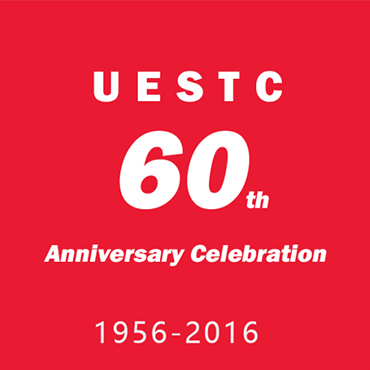William & Mary Celebrates 60th Anniversary of UESTC
To mark the 60th Anniversary of the University of Electronic Science and Technology of China (UESTC), Vice Provost for International Affairs Steve Hanson traveled to Chengdu this week.
In December 2010, William & Mary entered into a “sister university" arrangement with the University of Electronic Science and Technology of China (UESTC), a relationship that has generated a wide range of mutually beneficial educational and research initiatives.
In 1956, under the instruction of Premier Zhou Enlai, the inception of Chengdu Institute of Radio Engineering ushered in the first higher education institution of electronic and information science and technology of China. CIRE was then created from the combination of electronics-allied divisions of three well-established universities: Shanghai Jiaotong University, Southeast University (then Nanjing Institute of Technology) and South China University of Technology. As early as the 1960s, it was ranked as one of the nation's Key Higher Education Institutions. In 1997, UESTC was included in the first group of universities in the “211 Project”, a national program for advancing China's higher education. In September 2001, UESTC was selected as one of the 39 research-intensive universities in China that gain special funding under "Project 985" for developing into world-class universities.
Today, UESTC has developed into a multidisciplinary university directly reporting to the Ministry of Education, which has electronic information science and technology as its nucleus, science and engineering as its major field, and incorporates management, economics, medicine and liberal arts. UESTC has more than 3,000 faculty members, of whom 8 are academicians of CAS & CAE, 325 full professors and 483 associate professors. It has an enrollment of 26,000 students, including 10,000 research students.
















